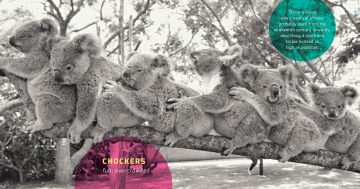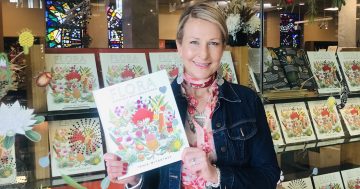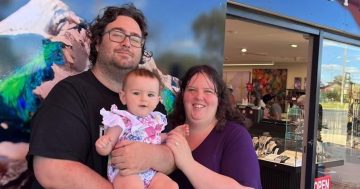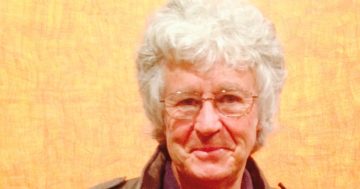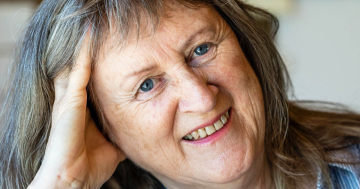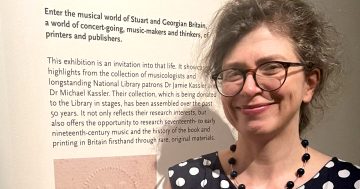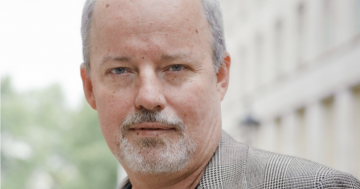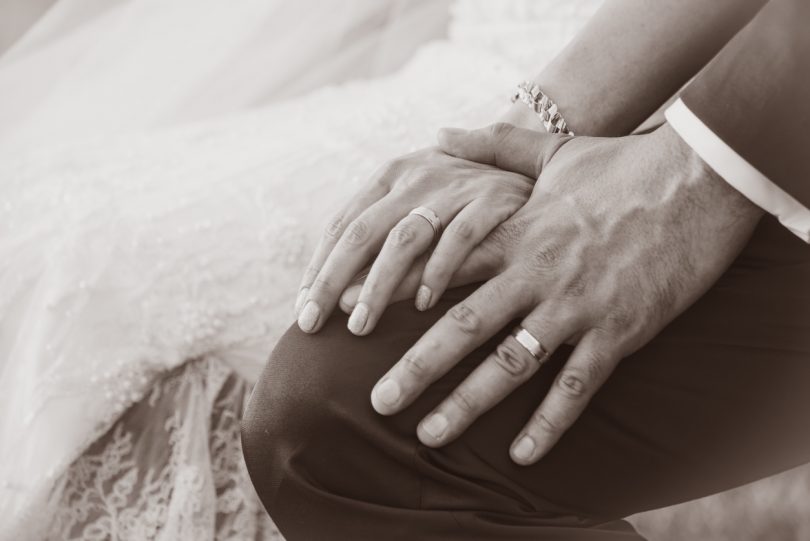
Once upon a time, two hands met across a well-dressed knee. With their matching rings, they were clearly destined for each other – now that’s how you start a romance novel. Or not. Photo: File.
I wrote a romance novel once.
OK, I wrote away to the company that publishes romance novels to get their guide on how to write one. The fact they actually produce a writing guide should have warned me off, but no, I was already so in love with my potential hero, I was blind to everything else.
I thought I could write the romance novel in between writing The Great Australian Novel (GAN). The GAN was proving just a little too tricky at the time. What with editors’ demands for sentences that made sense, characters that, well, maintained their characters throughout – not transforming from heroes to serial killers in only a matter of paragraphs – and my impressive ability to be distracted from something that hadn’t even happened yet, I thought how hard could writing a romance novel be?
Yep, I too thought it was formula writing. Man meets woman (or other man). Woman has problem (so does man, probably). Woman usually also has a heaving breast. Man, too, but that’s probably more of an issue for a, well, bloke. Apologies for all the overwhelming heaving, but it is the adjective of choice in such novels. But man always ends up with woman – unless he ends up with another man and you know that there’s nothing wrong with that. Except it’s probably another book.
But it was a formula. You had to write it as if they were never going to get together, there was always the Big Problem – usually her mum or his best friend – but there was always something. The Stumbling Block. The Insurmountable Odd.
You could write about these problems till you ran out of words, but they were always going to get together in the end.
When I worked at the National Library of Australia, someone introduced me to the secret stash of Mills and Boon novels stored underground in what was known as The Stacks.
When your collection is more than 10 million items, you measure shelves in kilometres. Although I can’t remember how many kilometres of romance novels were on the shelves, the distance could have well taken you interstate – and we’re not just talking Queanbeyan here.
There were thousands of them. And almost every one had a similar cover. Tall, strong man, beautiful, fragile woman.
If it were one of those books that when you flick the pages they look like they’re moving, they could well have flicked their windswept hair in unison – and become their own personal wind farm.
You knew whatever was going to come out of their mouths was going to match those characteristics unless, of course, we’re talking about those other romance novels, where all hands do not have to be kept above the blankets.
In these post-Grey days of literature, there is a growing demand for smuttier stuff, where people don’t necessarily keep themselves so nice for other people anymore – I wouldn’t know, I just read that somewhere.
Turns out writing a romance novel is harder than writing a GAN. Publishers of romance novels know when you’re having a go at them, seems they can tell within the first few pars of a manuscript – and apparently, they don’t really like it.
They also know who makes the best romance writers – people who have been reading them all their lives. That lets me out.












